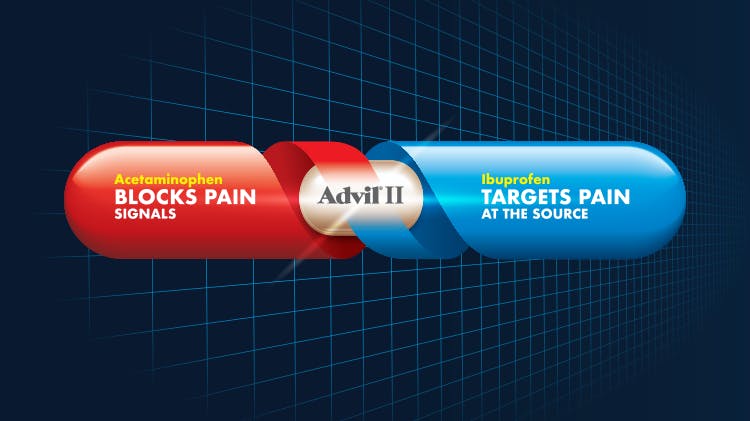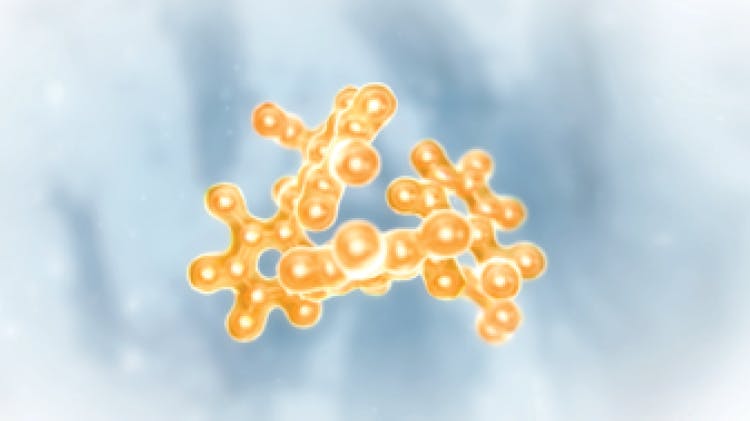Sprains and Strains Statistics & Facts

Sprains and Strains Statistics & Facts
Learning about sprains and strains facts and stats, their causes and available treatment options can help make it easier for you identify these soft tissue injuries and decide on the best course of treatment for your patient.
Sprains and strains are common kinds of soft tissue injuries. The parts of the body that are most likely to be affected are muscles, tendons, and ligaments. Often, these soft tissue injuries occur as a result of exercise, sports or other activities. Chronic conditions like tendinitis and bursitis can also cause soft-tissue injury injuries. Even with appropriate treatment, sprains and strains may still require a prolonged amount of time to heal1.
Sprains and Strains – Just The Facts
Sprains and strains are considered acute soft tissue injuries, meaning they are a result of sudden trauma such as falls, twists, or blows to the body. Examples of acute injuries include sprains, and strains. These two types of injuries can vary in severity.1
Strains1
Strains are injuries to muscle and/or tendon. Strains often occur in the back or leg.
Strains may be a simple stretch of a muscle or tendon. They may also involve a partial or complete tear of the tendon or muscle. Symptoms may include pain, muscle spasm, muscle weakness, swelling, inflammation, and cramping.
Sprains1
When a ligament is stretched and/or torn it’s called a sprain. The ankles, knees, and wrists are areas of the body that are most vulnerable to sprains.
There are three severities of sprains:1
- Mild - Grade 1: There may be some damage and slight stretching to the fibers of the ligament.
- Moderate - Grade 2: There may be a partial tearing of the ligament and abnormal looseness (laxity) in the joint if it is moved in certain ways.
- Severe - Grade 3: There is a complete tear of the ligament, causing substantial instability.
Sprains and strains are typically accompanied by pain, bruising, swelling, and inflammation.
Sprains and Strains – Causes
Participating in contact sports puts athletes at risk for hamstring strains. Sports that require quick starts, like hurdling, long jumping, and running, also can put people at risk for muscle strains.1
Sports that require extensive gripping, such as gymnastics, tennis, rowing, and golf, can result in hand sprains. Elbow strains frequently occur from racquet sports like tennis or squash.1
Sprained ankles can occur when the foot turns inward which puts a lot of tension on the ligaments of the outer ankle. A sudden twist can cause a sprained knee. If a patient has fallen with an outstretched hand, they might have sprained their wrist.1
Sprains and Strains – Treatment Options
The recommended treatment for a sprain and strain includes the RICE protocol:1
- Rest. Discontinue the activity that caused the injury. If the injury is the leg, you may recommend that your patient use crutches to avoid bearing weight. The patient should rest as much as he or she can for 24-48 hours.
- Ice. Apply ice to the injured area for 20 minutes at a time, several times a day. Ice should not be applied directly to the skin.
- Compression. Wear an elastic compression bandage. This will help prevent additional swelling and blood loss.
- Elevation. To reduce swelling, raise injury higher than the heart to help reduce swelling.
Simple follow-up exercises can help relieve pain and restore mobility. For severe strains or a complete tear, surgery may be required.
In addition to the RICE treatment, physical therapy may also be necessary. Moderate sprains may require a brace, walking boot or other ways to support the affected area. Grade 3 sprains may even require surgery.1
Sprains and Strains – By the Numbers
- About 25,000 laborers sprain an ankle every day.2
- Sprains and strains are the most common workplace injuries.2
- Around 628,000 sprains happen annually.3
- Ankle sprains are the most common sports-related injury overall.4
- Sprains and strains account for 40% of all injuries in football.4
- Sprains and strains are the most common injury related to soccer. These injuries can range from light sprains to torn ACLs.4
- Average recovery time for a Grade 1 sprained ankle is 1–2 weeks.5
- Average recovery time for a Grade 2 sprained ankle is 3–6 weeks.5
- Average recovery time for a Grade 3 sprained ankle is several months.5
For additional concerns, learn more about causes, management, and resources for your patients
Learn more
Products
Find out how our class-leading treatments can help your patients manage their everyday pain.
Patient care resources
Access educational resources to share with your patients to help them have a better understanding of their pain condition.
Join the Pain-Relief Community

A duo of MOAs that fight pain together
Ibuprofen and acetaminophen work together to help target pain directly, while blocking pain signals.

How does Voltaren®Arthritis Pain gel OTC relieve pain?
The science behind Voltaren® Arthritis Pain and its MOA.
Frequently Asked Questions
A resource to help answer common questions about Advil® DUAL ACTION.